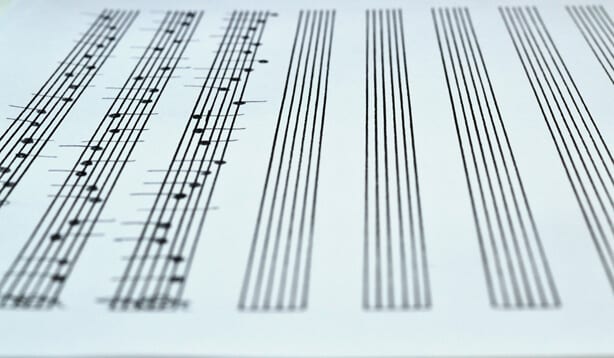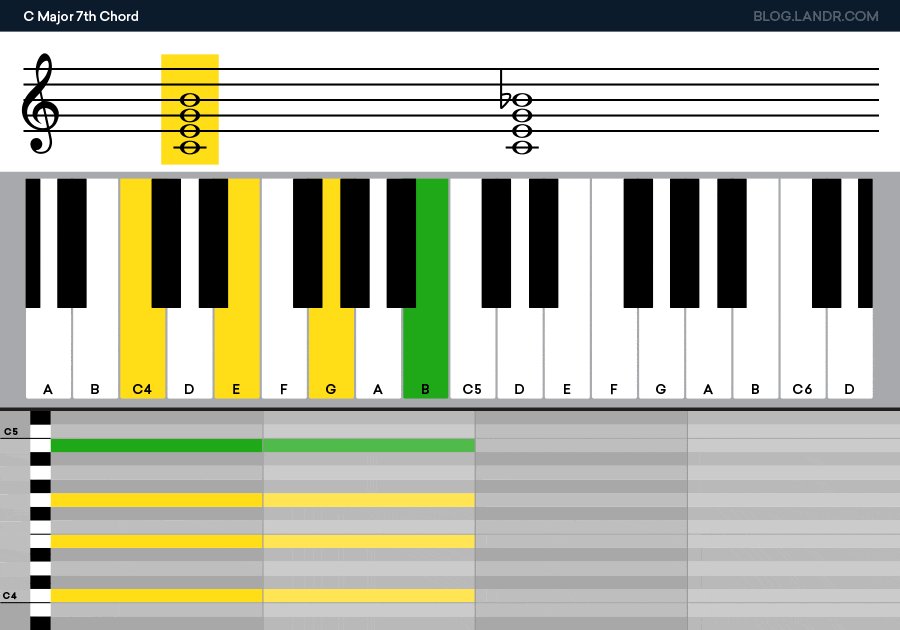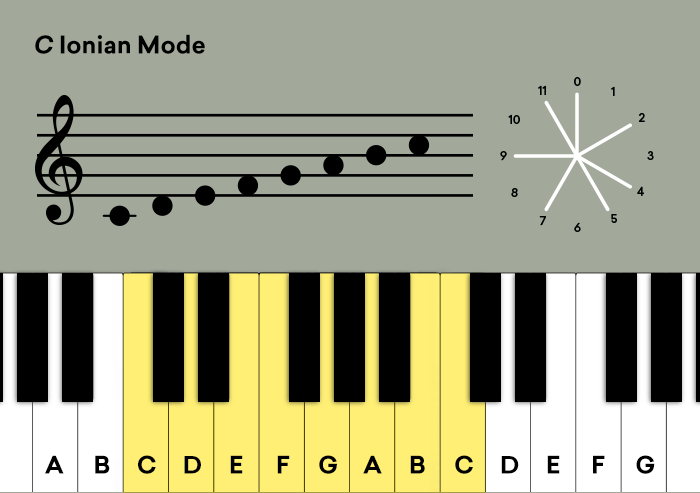Music theory should not be confined to classrooms.
It is a strong tool that any creator should use—whether you are an experimental composer or a death metal bassist.
By practicing some music theory basics, you will be capable to bring something new and highly effective to your songwriting practice.
The theory is not always something you learn in a textbook or practice over and over bored out of your mind.
If you look at music theory as a production device, it could open up new methods to create and spark ideas for your songwriting.
In fact, specific music theory methods are incredibly useful for inspiring new track ideas.
In this article, you will learn 7 of the simplest and most useful methods to turn music theory into songwriting inspiration.
Let’s jump in!
1. Add vibrant new colors to your chords with chord extensions
Do you already know all the basic chord progressions? Are you getting a bit bored with them?
When you’re uninterested in the same old major and minor chords, consider adding some 6ths, 7ths, and 9ths into the combination.
Think of chord extensions as extra colors and moods for your basic chords. Extensions could give overused progressions extra flavor right where it needs it.
For instance: Let’s take C major. I encourage you to follow along on your tool or piano roll
Including a new note, such as a major or minor 7th for example, willfully transform the sound and feel of the chord:
Even adding one extended chord to a progression could bring a completely new power and thoughtfulness to your music.
Major and minor 7th chords are just two examples, however, there is a vast array of other possibilities to consider.
2. Mess with modes
Modes may sound like a stuffy music theory term, however, they are actually just a fancy word for scales.
That good old major scale that your teacher made you play over and over again on the piano is definitely a mode.
There is truly seven music modes in music theory that will each bring their own feel to your songwriting.
Some, such as the Lydian mode, are bright and consonant. Others, like the Locrian mode, are brutally dissonant and are not often heard in popular music.
The simplest method to understand modes is to take a look at your keyboard or piano roll.
Each mode is constructed with no accidentals on 7-note patterns that start on each white key.
The major scale or Ionian Mode begins on C major while the Lydian Mode begins on F.
The unique tone and semitone patterns from this position could be adapted to any key in music.
Feeling a bit lost or need a refresher? Use the circle of fifths guide for more information.
3. Experiment with obscure time signatures
Whether you are a jazz nerd or an aspiring pop star, experimenting with obscure time signatures could unlock lots of great musical ideas.
When you make radio-friendly music, you are probably used to writing in conventional time signatures like 4/4 or 3/4.
These signatures are good, however, you could be missing out on tons of other methods to present your music rhythmically.
Let’s take 5/4 for example. If you don’t know, this means 5 quarter notes per measure.
Brilliant artists like Radiohead are capable of take an obscure time signature like this and transform it into a compelling pop track:
“Money” by Pink Floyd is another good example.
Set in 7/4, the phrasing in this song is so seamless that it nearly sounds like it’s written in a conventional time signature:
There is no hard formula for experimenting with obscure time signatures. It is all up to you.
Spend some time approaching the rhythm behind your tracks. It could generate lots of quick new ideas in your songwriting
Next time you open a new project in your DAW, set your session to a new time signature and see what occurs.
4. Forge a tonal path with the Circle of Fifths
When you have ever found yourself writing the similar chord progressions over and over again, the circle of fifths is a superb map for taking your chords new places.
This is not a music theory tip as much as it’s a massively useful visual guide. Use the circle of fifths as a starting point for your next wave of song inspiration.
For instance: Let’s say you are writing a track in the important thing of G Major. The circle of fifths will show you G’s closely related keys, its relative minor and how many accidentals it has.
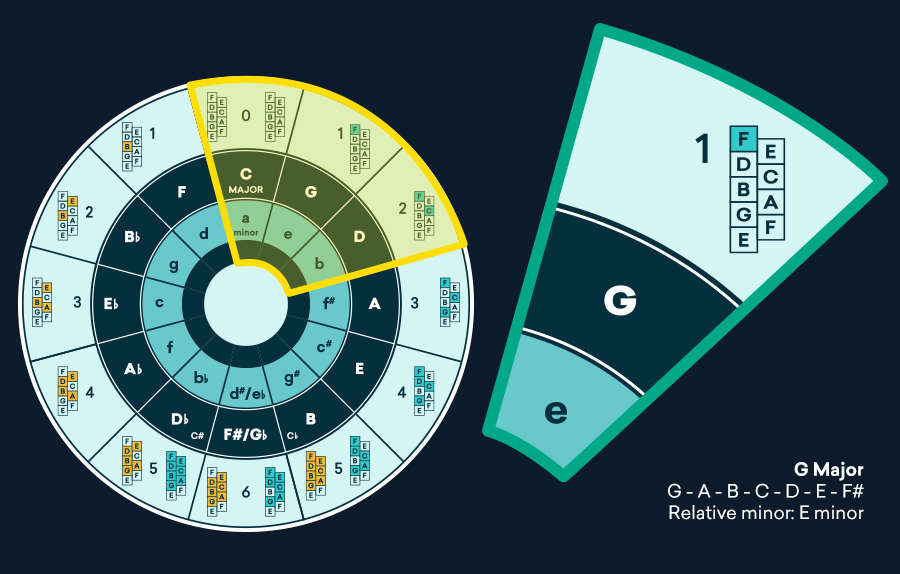
Utilizing the circle of fifths not only shows you the place you are at musically but also potential places to take your chords next.
Going back to the example of G Major, we could see that modulating to D or C Major works however that moving to an unrelated key like Db does not make sense.
That is particularly useful when you’re new to music and are looking for your footing, or when you’ve grown some boring habits in your songwriting over time.
5. Use new basic chords to augment creativity and diminish musical predictability
When you’ve been making music for a while, you are probably well-versed when it comes to major and minor chords.
However, when you never branch out of those basic chords, you’re limiting the potential of your songwriting.
A well-placed diminished or augmented chord can mean the difference between a chord progression that is meh or wow.
“God Only Knows” by The Beach Boys, is an excellent example of diminished chords used in popular music.
Right here’s the tone-semitone pattern of a diminished chord in comparison with that of an augmented chord:
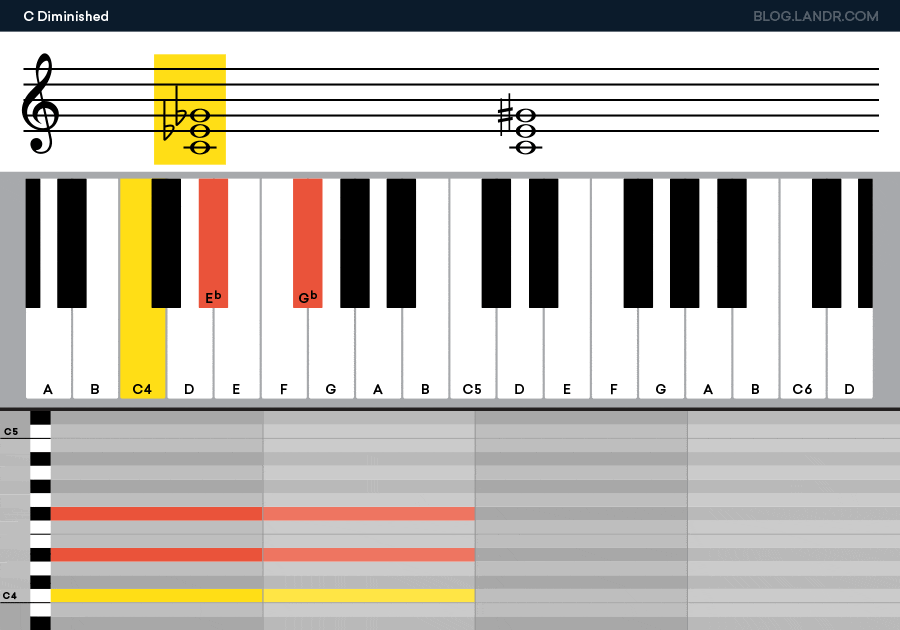
When you have ever heard the creepy, otherworldly soundtracks of 50’s Sci-Fi movies, then you have definitely heard augmented chords in action.
Diminished chords pull in a certain tonal direction, while augmented chords tend to sound aimless and obscure—which could add a nice mood to tired progressions that could be boring or uninspiring.
To add even more character to those chords from the first tip on this listing.
Diminished and augmented chords do not show up in popular music that usually, which is exactly why you should be utilizing them!
Say no to boring chords!
6. Add suspensions and anticipations
Anticipations and suspensions are simple methods to add some tension and drama into your music and encourage some new and inspiring ideas into your process.
Anticipations are non-chord tones that eventually resolve into a chord.
Suspensions are tones left over from previous chords.
Listen to the last two chords in the verse chord progression of Radiohead’s “Exit Music (from a movie).” The 4th (D) in the Asus4 chord resolves down to the 3rd (C#) of the A chord, a classic 4-3 suspension.
7. See the bigger picture behind your music with Roman Numerals
The Roman numeral analysis allows you to see how the chords you are playing interact with one another in a strong method.
Why is this essential?
Well, adding symbols to your chords provides you with a greater understanding of the relationship between chords in certain keys.
Let’s check out all the chords in the key of G Major for example:

G Major, A minor, B minor, C Major, D Major, E minor, F# Diminished
By adding Roman Numerals to each chord, we could assign major, minor and diminished symbols:
I, ii, iii, IV, V, vi, vii°
These symbols do not just represent the order of chords for the key of G Major however of all major keys.
Which means that the sound of the great ol’ I-IV chord relationship will be similar in every major key you play it in.
Get a grasp of the relationships between chords. It’ll help you determine how to shape and order your music more easily during your process.
More theory, more ideas.
The theory does not have to be boring. In truth, these simple music theory exercises are simply inspiration in disguise.
Keep in mind, while music theory could be a large help in your songwriting, there is no rules for how you use it. Nothing is better than your ears and musical intuition when it comes to music-making.
Next time you could not discover that creative spark, try some simple theory exercises and see what occurs—At the very least you will be increasing your repertoire
Happy songwriting!

